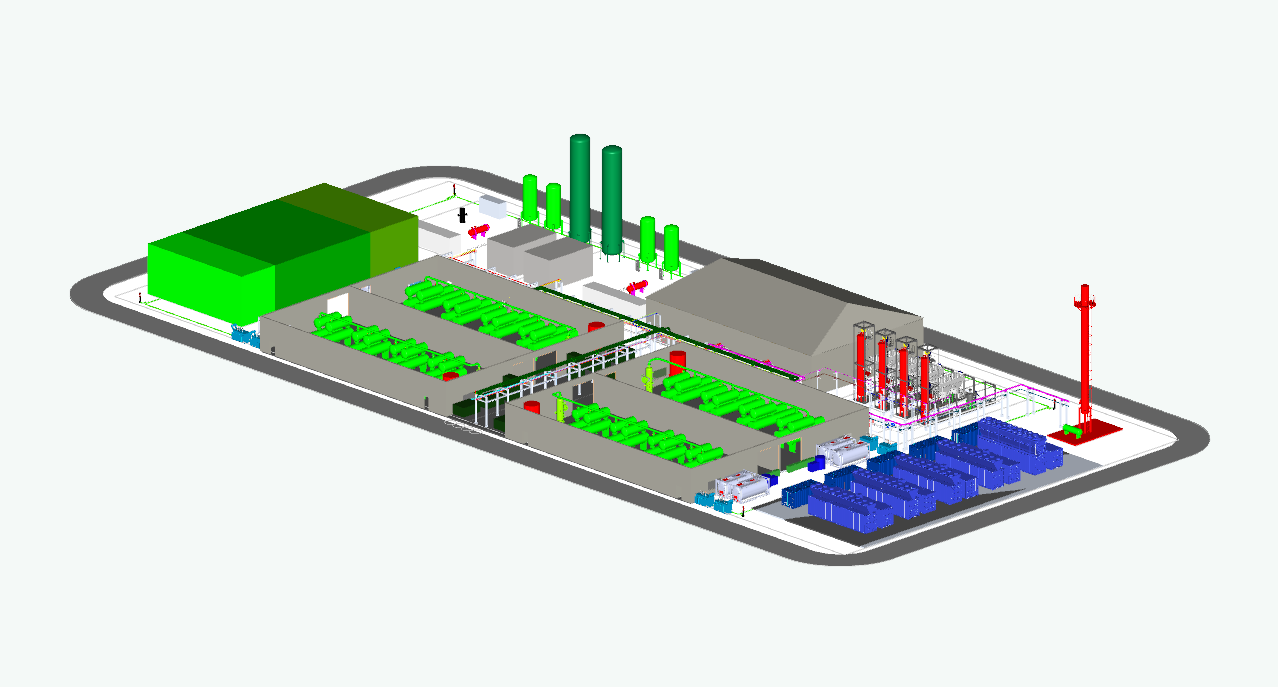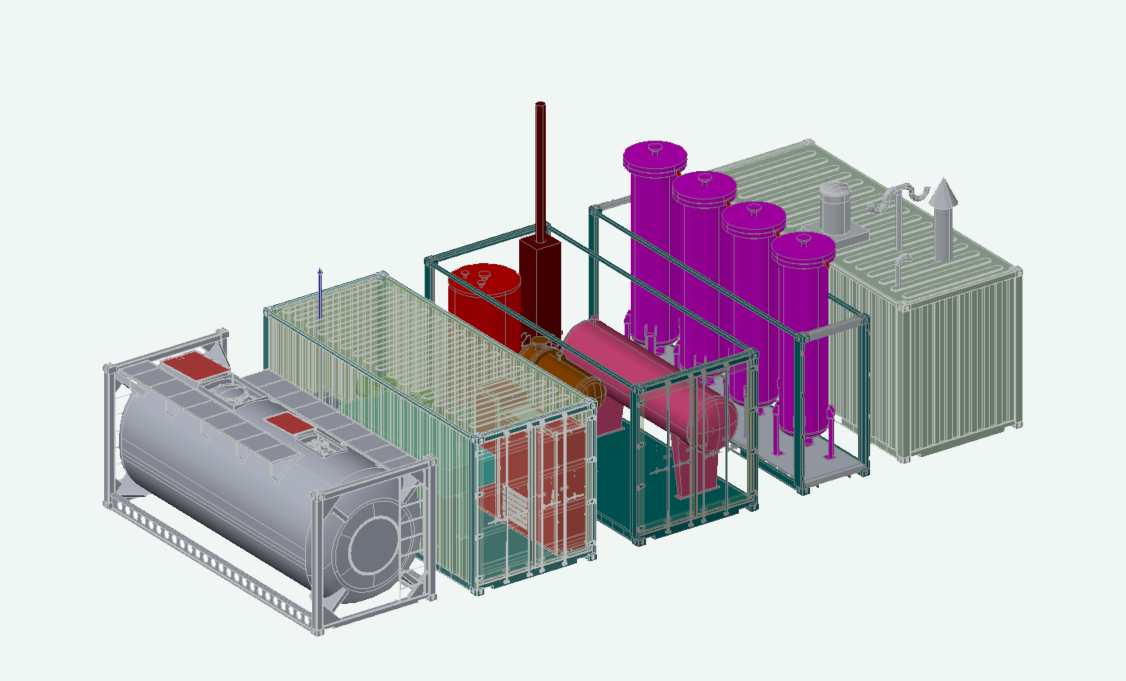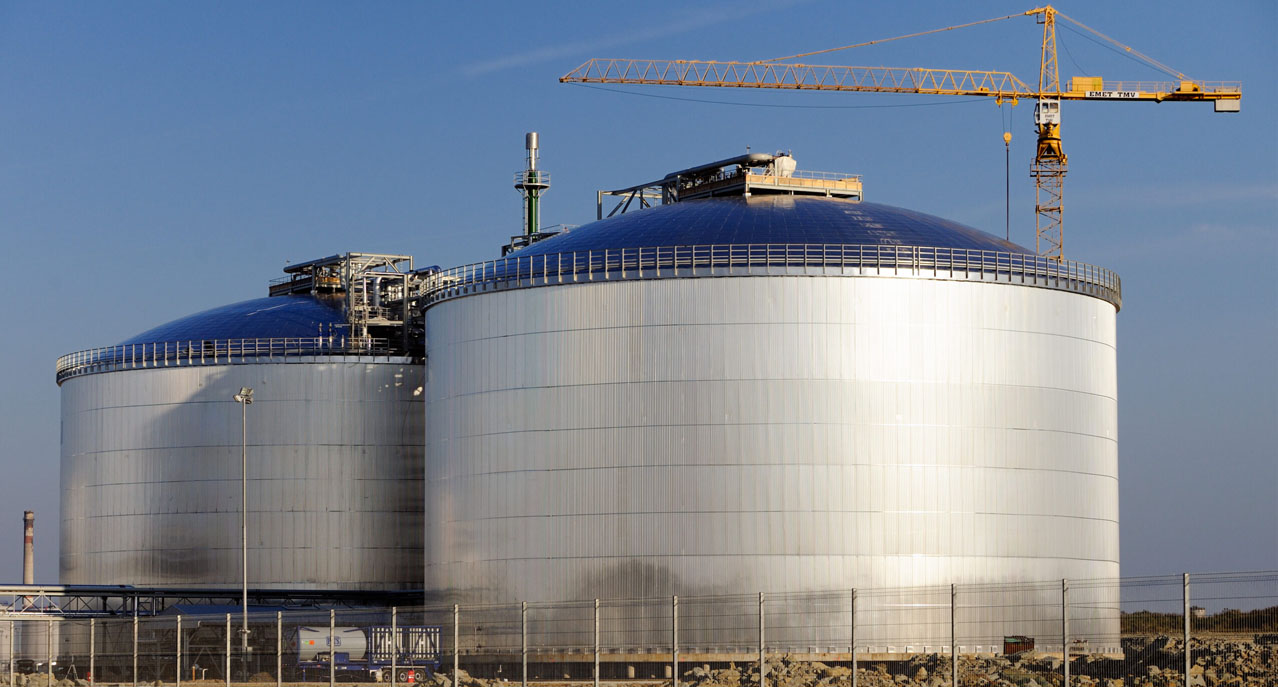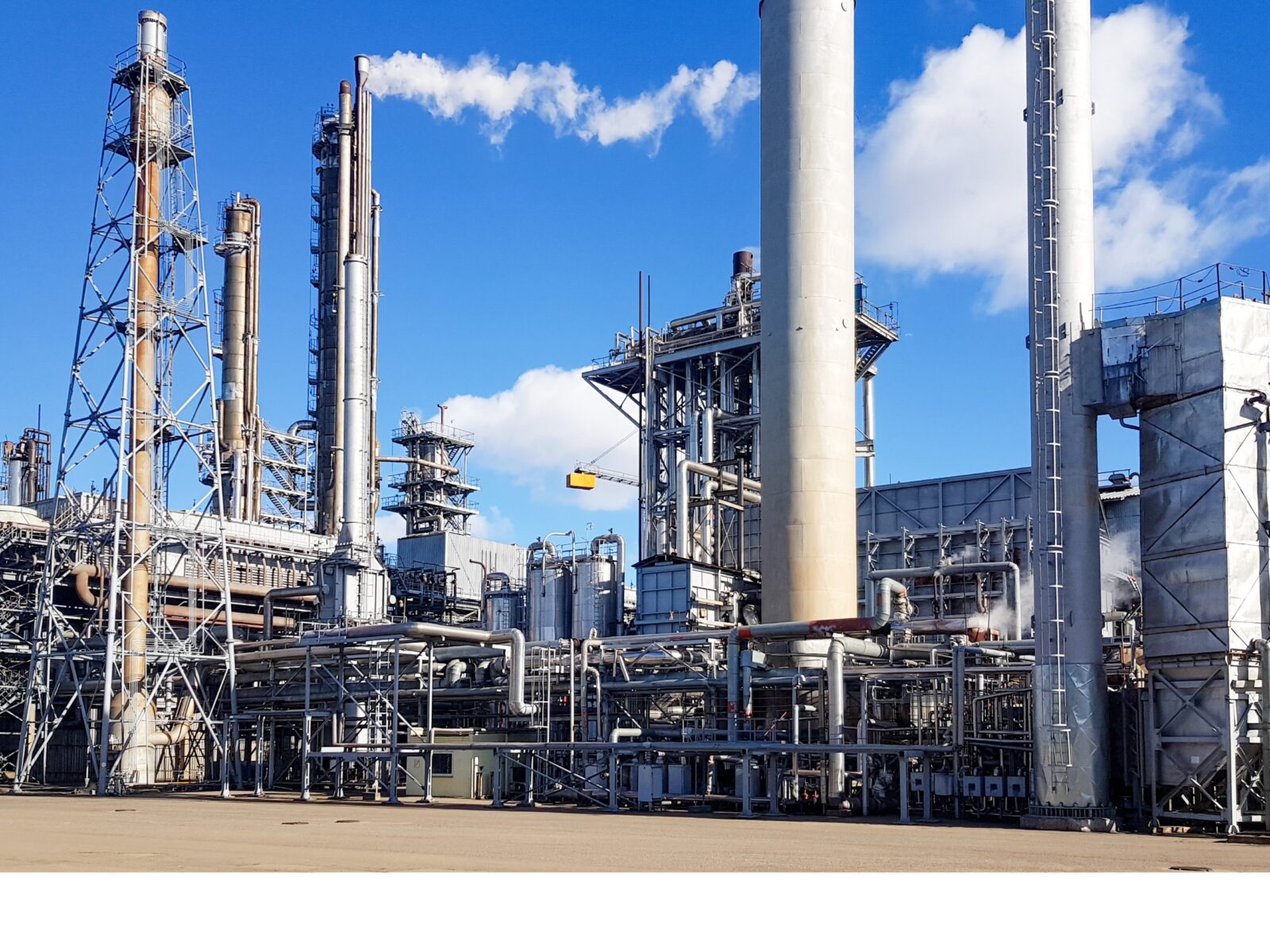Green Ammonia
The ideal hydrogen carrier
What is green Ammonia?
Green ammonia (NH3) is a colorless and toxic gas. It is produced using renewable energy unlike grey or blue ammonia which require natural gasses. Green electrical energy splits the water molecule into hydrogen and oxygen. While oxygen is released back to the air, the hydrogen is combined with nitrogen (abundant in air) to form the ammonia molecule via a high-pressure reactor.
It is used as a refrigerant in cooling plants and in the production of fertilizer. Increasingly ammonia is seen as the most favorable hydrogen carrier. One of the biggest advantages of ammonia is that it’s easily stored and transported by rail, ship, truck or through a pipeline. In addition, green ammonia causes few greenhouse gas emissions, CO2 emissions are zero and only nitrogen and water are released during combustion. Any nitrogen oxide emissions (NOx) are converted to nitrogen and water again via a simple catalyst (SCR).
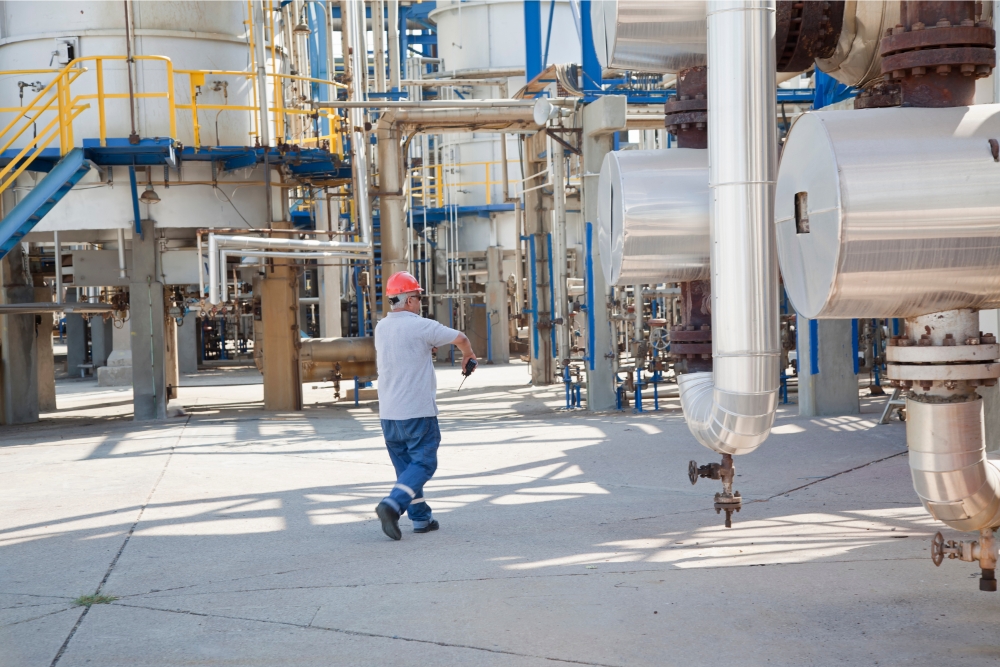
How easy can you transport green ammonia?
Ammonia is liquid at -33ºC (refrigerated storage at atmospheric pressure) or approx. 8barg (pressurized storage at ambient temperatures).This makes it easy to transport. Ammonia has an excellent transportation track record by pipeline, truck, rail or ship. At this moment 200 terminals and 170 ships are handling ammonia.
How safe is (green) ammonia?
When handled correctly, ammonia is safe. Its safety is attributed to its slower flame speed and higher auto-ignition temperature in comparison to hydrogen. Ammonia can become toxic at concentrations higher than 50ppm, but can detected by smell at concentrations as low as 5 parts per million (ppm),thus notify of its presence, unlike CO2, CO and N2 which are also known as “silent killers”.
7 reasons why we are supporters of green ammonia
Sustainable energy can be stored in the form of ammonia as a hydrogen carrier.
Ammonia has a relative high energy density in general but as a carbon-free component one of the highest.
Ammonia contains in fact more hydrogen per molecule than the product hydrogen and that has advantages in storage and logistics.
Ammonia is liquid at -33ºC at atmospheric pressure, vs -253ºC for liquid hydrogen.
Ammonia can be easily stored and transported with excellent track record by pipeline, truck, rail or ship.
Ammonia has a slower flame speed and a higher auto-ignition temperature than hydrogen, making it less prone to explosions.
Ammonia is toxic in case of releases when in high concentration. But it can be smelled from concentrations as low as 5ppm.
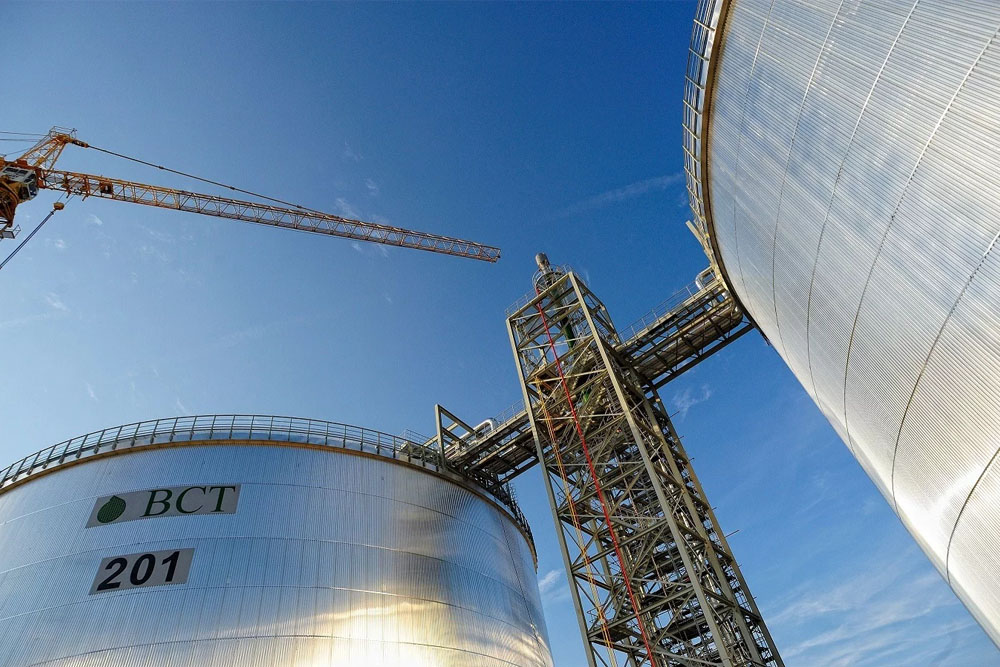
(Green) Ammonia industry
Since its foundation in 2001 Proton Ventures pioneered in the (green) ammonia industry. Ranging from large-scale ammonia storage and loading facilities to our modular NFuel small-scale production concept. From ammonia production via water electrolysis back to ammonia decomposition to obtain hydrogen, Proton covers the entire green ammonia value chain.
